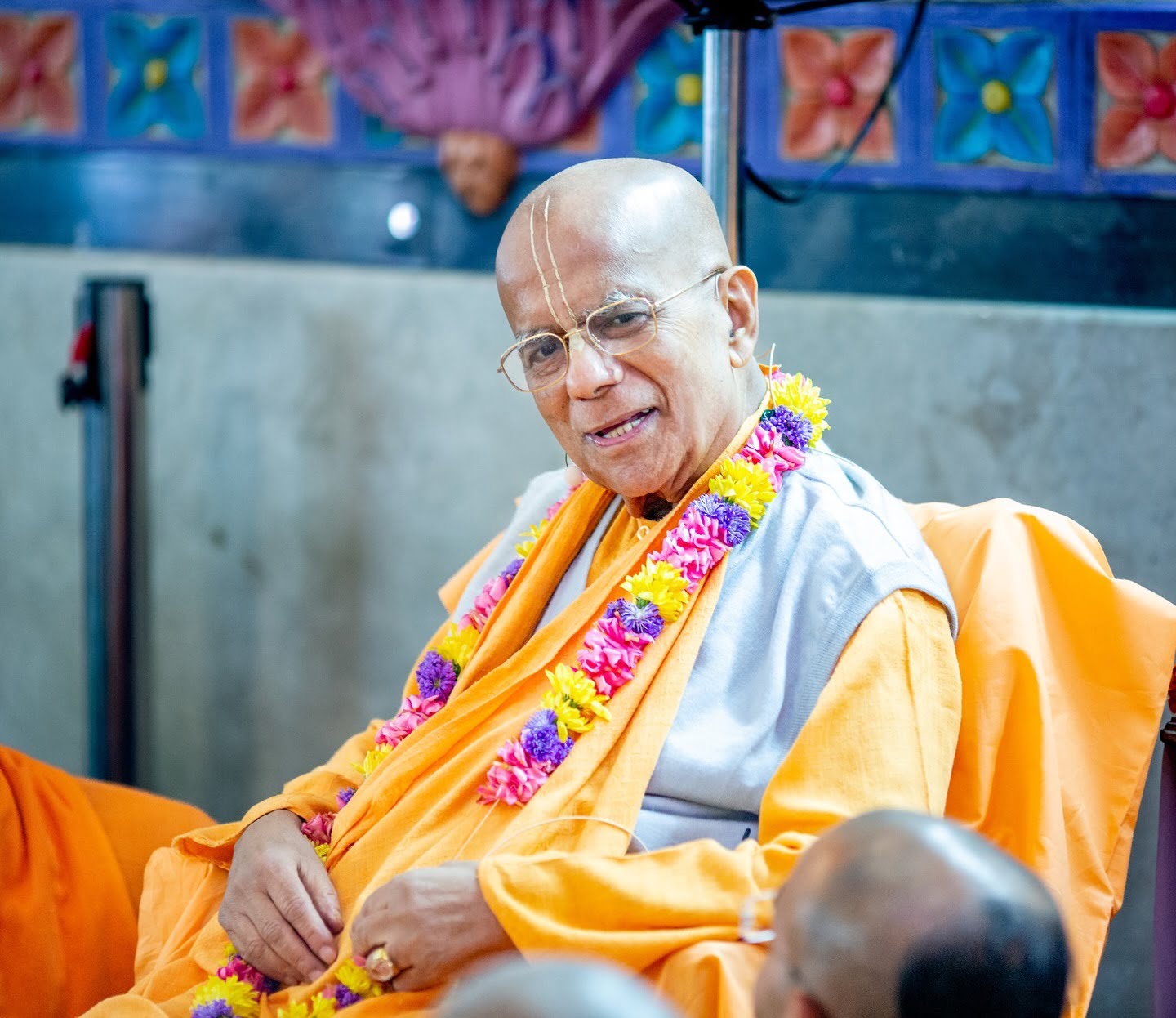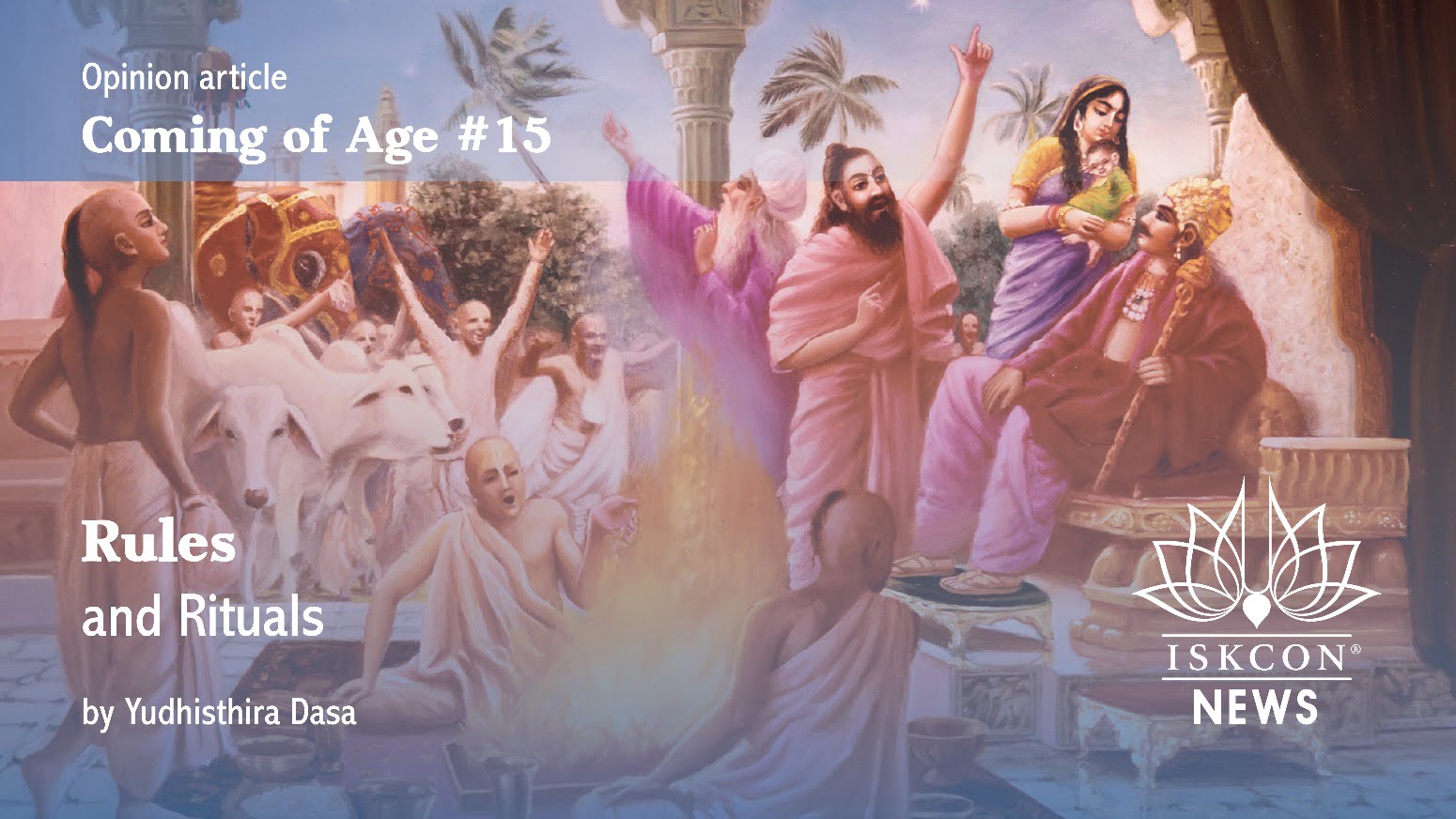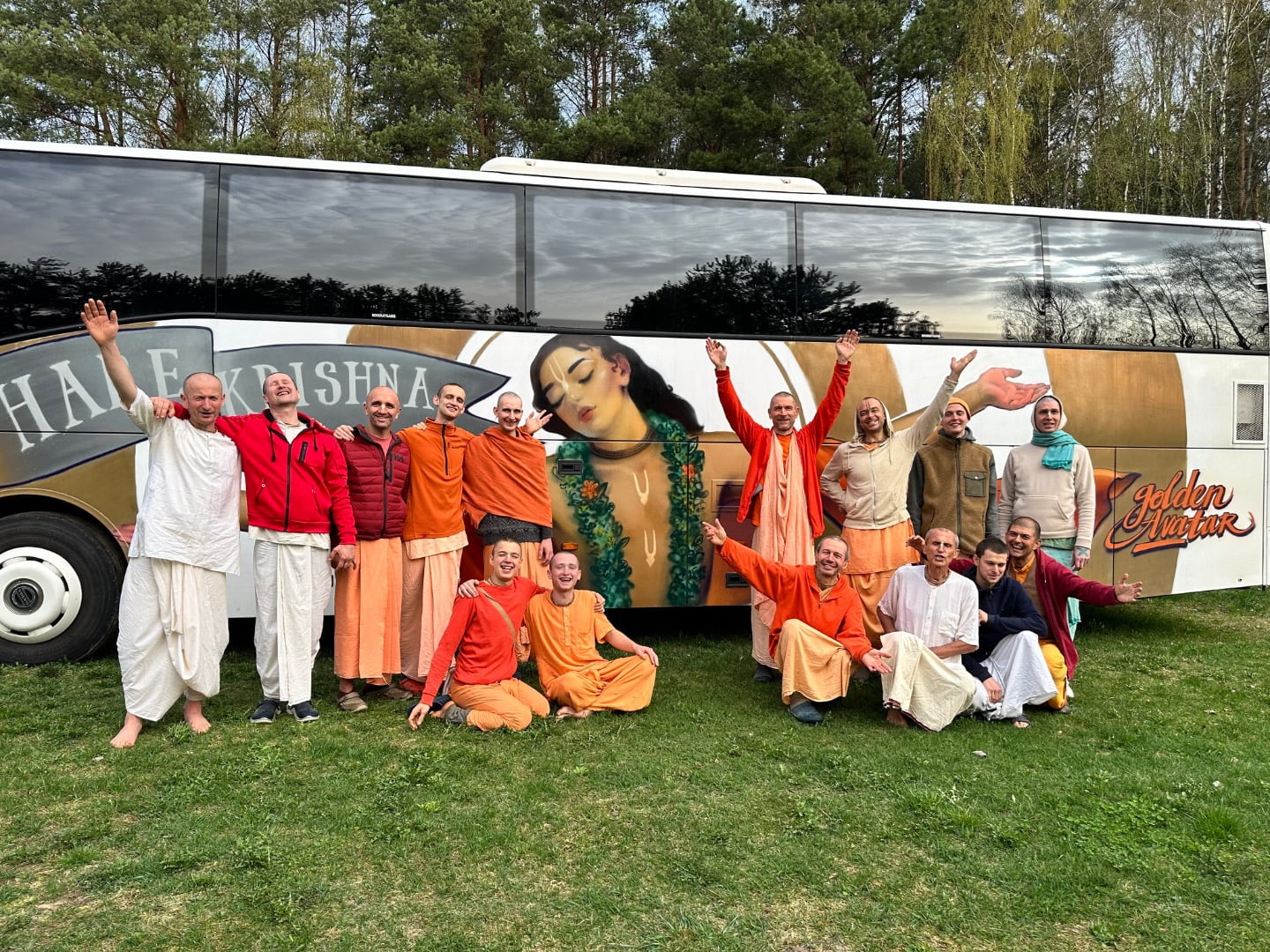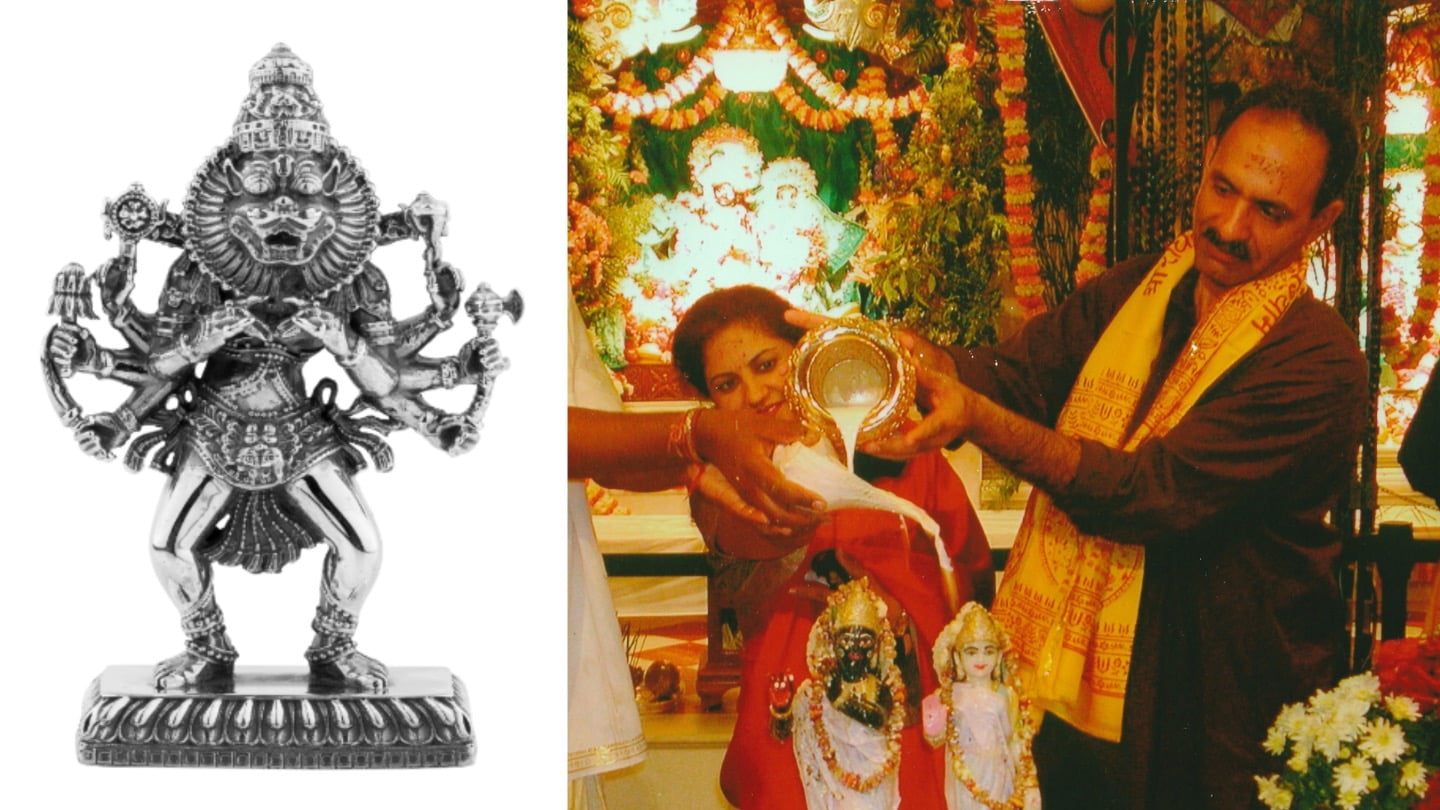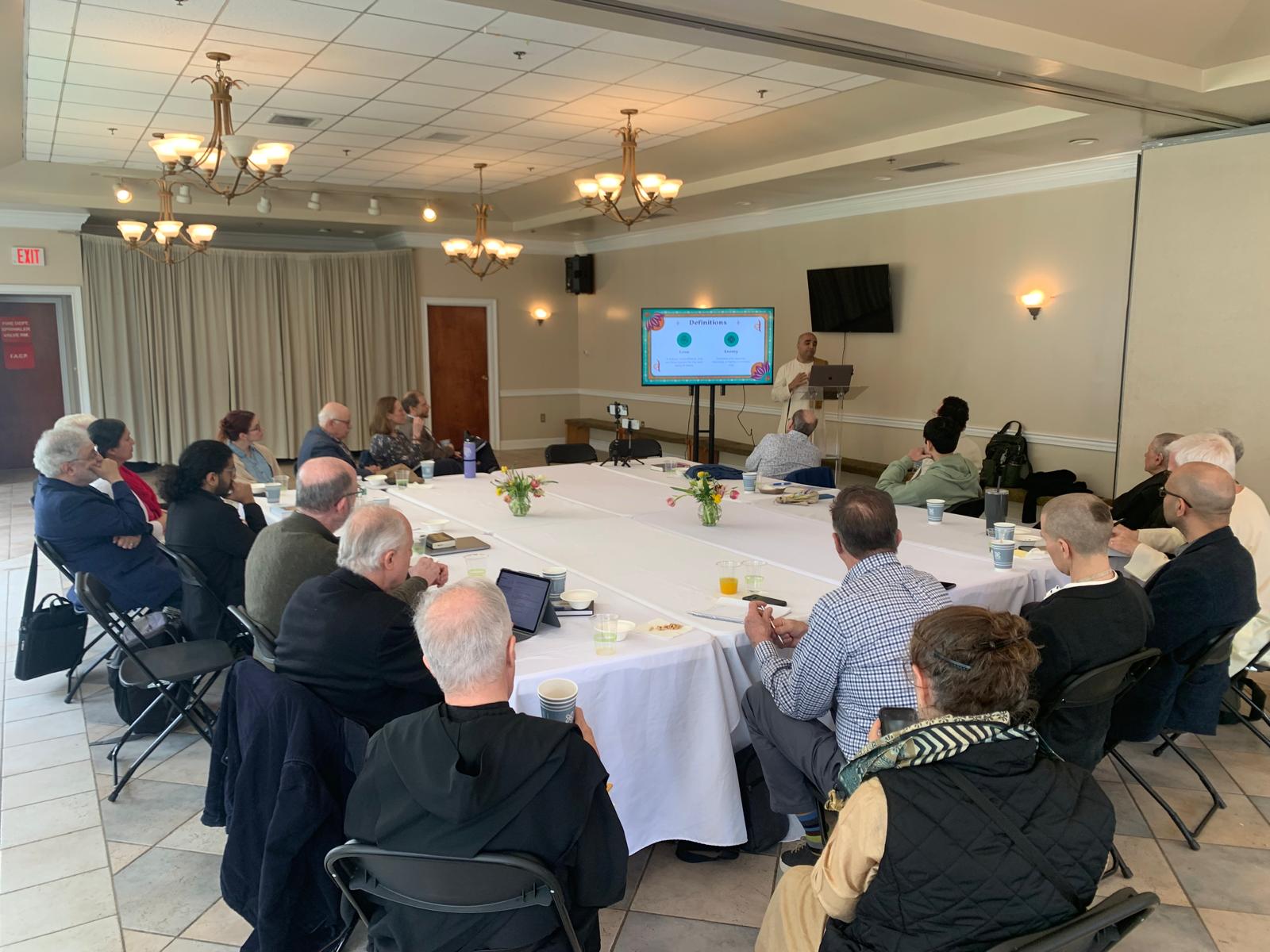Sadaputa’s Archives Reveal Scientists’ High Regard for his Work
By Madhava Smullen | Jul 30, 2011
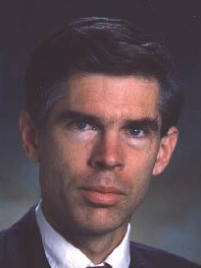
When Sadaputa Dasa (Dr. Richard L. Thompson) passed away at his home in Florida in 2008 from a heart-attack, the ISKCON worldwide community was in shock. But a new archival discovery may provide a balm for fans of his work.
Sadaputa, who received his Ph.D. in mathematics from Cornell University, was one of the Hare Krishna movement’s foremost thinkers, and a founding member of ISKCON’s scientific branch the Bhaktivedanta Institute.
He published many technical papers on the study of the relationship between science and Krishna conscious philosophy, and wrote eight books including Alien Identities and the bestselling Forbidden Archeology.
Meanwhile Ambarisa Dasa, director of the mega Temple of the Vedic Planetarium project in Mayapur, India recently stated that it was Sadaputa’s book Vedic Cosmography and Astronomy that made his team believe it was possible to present the cosmology of the Bhagavat Purana for public consumption. In fact Sadaputa, who had worked with the project for many years in the 1990s, had just been enthusiastically coming back on board months before his passing.
It was a hard blow for ISKCON devotees. But a comprehensive search through his archives that has just been completed will help ease the pain. It provides many fond memories, but most notably, it gives conclusive proof that the scientific community held our favorite scientist in high regard—a respect not normally offered to creationists or “Intelligent Designers.”

Sadaputa’s books on Vedic Cosmology, which inspired managers of Mayapur’s Temple of the Vedic Planetarium Project
“Evolutionists attack Intelligent Designers, what to speak of creationists, for not having the competent scientific background to authoritatively critique evolutionary theory,” says Stitha-dhi-muni Dasa, who worked as Sadaputa’s office manager in Alachua, Florida. “However these same scientists accepted Sadaputa—whose view on science and religion was different from most creationists, in that he believed the two did not have a fundamental conflict, but could cross-fertilize each other—as a competent peer.”
Stitha-dhi-muni and Krishna-kripa Dasa, who served as Sadaputa’s research assistant for sixeen years, have been working hard since his death to collect and organize all his papers, including correspondence with these scientists.
The papers include original copies of letters from two Nobel Prize-winning physicists, containing their response to Sadaputa’s 1981 book Mechanistic and Nonmechanistic Science: An Investigation Into the Nature of Consciousness and Form.
“I liked the third chapter of Mechanistic and Nonmechanistic Science very much,” wrote Eugene Wigner, winner of the Prize for Physics in 1963. “In particular it acquainted me some with the Bhagavad-gita. I learned that the basic philosophical ideas of this on ‘existence’ are virtually identical with those which quantum mechanics lead me to.”
Meanwhile, the 1973 Prize winner, Brian Josephson, commented, “In Mechanistic and Nonmechanistic Science, Dr. Thompson makes a number of cogent arguments against the usual scientific picture of life and evolution (which do not accept the existence of higher or subtler levels of organization). He also presents a clear alternative model. I think it is an important book, which would be of interest to many people.”
In fact, Josephson was so impressed with Sadaputa’s book that he invited him to serve as a post-doctoral fellow for a year in the prestigious Cavendish Laboratory, at the Cambridge University Department of Physics. Sadaputa gladly accepted the offer, working there from 1984 to 1985.

The original review of Sadaputa’s book by Nobel Prize Winner Brian Josephson
He also spent two years as a research fellow and staff scientist at the La Jolla Institute in California, just one of the many instances showing his practical experience as a scientist. Others include his research in quantum physics and mathematical biology at the State University of New York, and his authoring NASA-funded research papers on satellite remote sensing.
Another fascinating document included in Stitha-dhi-muni and Krishna-kripa’s discoveries is a review of Mechanistic… by Mathematics and Philosophy professor Granville C. Henry, published in Zygon: The Journal of Religion and Science. In it, Henry encapsulates the respect that scientists had for Sadaputa, not afforded for other theist critics of science.
“The attractive quality of this book is that Thompson writes as a scientist about science with a clarity, accuracy, and objectivity that should engender respect both from scientists and from those whose religious persuasions are other than his own,” Henry writes. “Scientists reading the book need not feel betrayed by Thompson, for he shows throughout both a respect and love for good science. Because he loves science, he is pained by its contradictions and seeks its intelligibility in a larger context.”
In his 1996 paper for Oxford about science and religion called Belief Transformations, Danish academic Mikael Rothstein further outlined the high regard offered to Sadaputa, specifically from the extremely prestigious Niels Bohr Institute at the University of Copenhagen.
Discussing Sadaputa’s use of the quantum theory of physicist Niels Bohr to explain the higher dimension of science, Rothstein says that he showed a substantial part of Sadaputa’s work to a leading physcisist at the Institute “In order to appraise his scientific competence.”
“The scholarly judgement was in favour of Sadaputa dasa,” Rothstein writes. “His work was considered competent, although the physicist emphasized that he himself did not share the conclusions. As a matter of fact scholars at the Niels Bohr Institute were willing to meet with Sadaputa dasa for scholarly purposes.”
Interestingly, Sadaputa’s expertise impressed even full-on evolutionists. In 1987, along with Dr. Narendra S. Goel, he presented two papers for the International Symposium on Organizational Constraints on the Dynamics of Evolution in Budapest. The papers prompted John Maynard Smith, a celebrated British evolutionary biologist and co-editor of the conference proceedings, to write in his Concluding Remarks:
“For me, one of the high spots of the conference was the account by Thompson and Goel of their biological automata models. It was not only that I was envious of their skill at programming. More important was their demonstration of the process of ‘self-organization.’” Smith goes on to compare Sadaputa’s work to his own, and says, “It is this kind of process that Thompson and Goel have simulated, with triumphant success.”

The academic work in which evolutionist John Maynard Smith praises Sadaputa
In a personal recollection, Sadaputa commented that Smith “neglects to mention the anti-
evolutionary content of one of these papers, but he commented favorably on this in private
conversation. Of course, he continued to champion evolution.”
All this evidence has been gathered by Stitha-dhi-muni and Krishna-kripa, with permission from Sadaputa’s wife Devamrita Dasi and the GBC’s Bhaktivedanta Institute committee—as well as much, much more.
“Sadaputa just kept every last piece of paper imaginable,” says Stitha-dhi-muni. “We found many many more letters, as well as volumes and volumes of mathematical equations, scientific concepts, and multiple drafts showing the evolution of all his books.”
The finds, which have now all been digitized, include the original brochure from the 1977 Life Comes From Life conference in Vrindavana, India. There’s also an extensive “Scrapbook” put together by Sadaputa himself detailing his involvement in the Bhaktivedanta Institute from its inception in 1974 until 1992. This includes early correspondence with his colleague the late Bhakti-Svarupa-Damodar Swami, a copy of the original B.I. prospectus, letters from Srila Prabhupada, and early advertisements for B.I. lectures on the subject “Life Comes from Life,” amongst many other curiosities.

An early advertisement for a Bhaktivedanta Institute Lecture
“Just from an ISKCON historical perspective, it’s an absolute goldmine!” Stitha-dhi-muni says.
The archival team plans to make all the papers, correspondence, and book drafts they have found available on a Sadaputa Dasa/Richard L. Thompson memorial library website, expected to go live by early 2012. There, more casual visitors will be able to read about his life, see mementos to the past, and read previously unpublished work; while others can study Sadaputa’s notes and research in depth. In the future, a book could be on the cards too, to make the material even more accessible for reference.
“From his archives it’s clear that Sadaputa Prabhu has left an important legacy behind him,” Stitha-dhi-muni says. “Not only in the imprint he left upon many key ISKCON projects such as the Temple of the Vedic Planetarium; but also in the way his work will inspire a new generation to do their own research on the big questions of life—something that all healthy science should do.”

Members of the Bhaktivedanta Institute with Srila Prabhupada (left to right): Svarupa Damodar das, Sadaputa das, Rupanuga das, Madhava das






